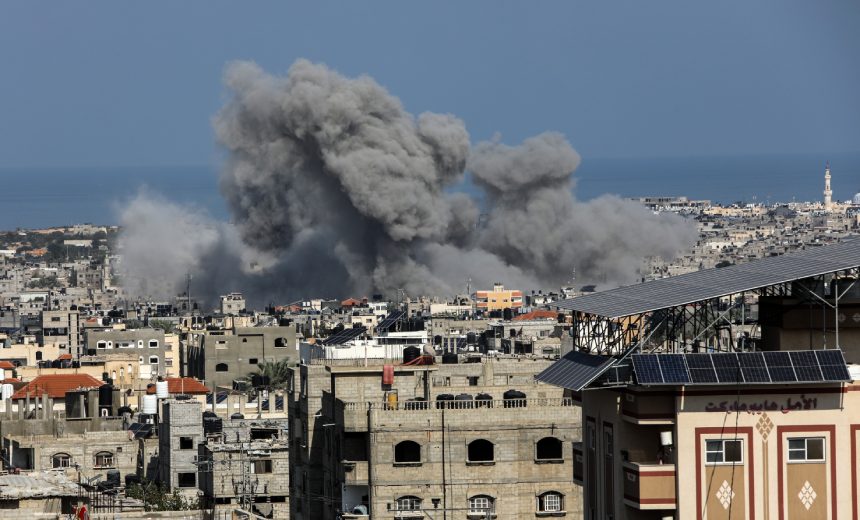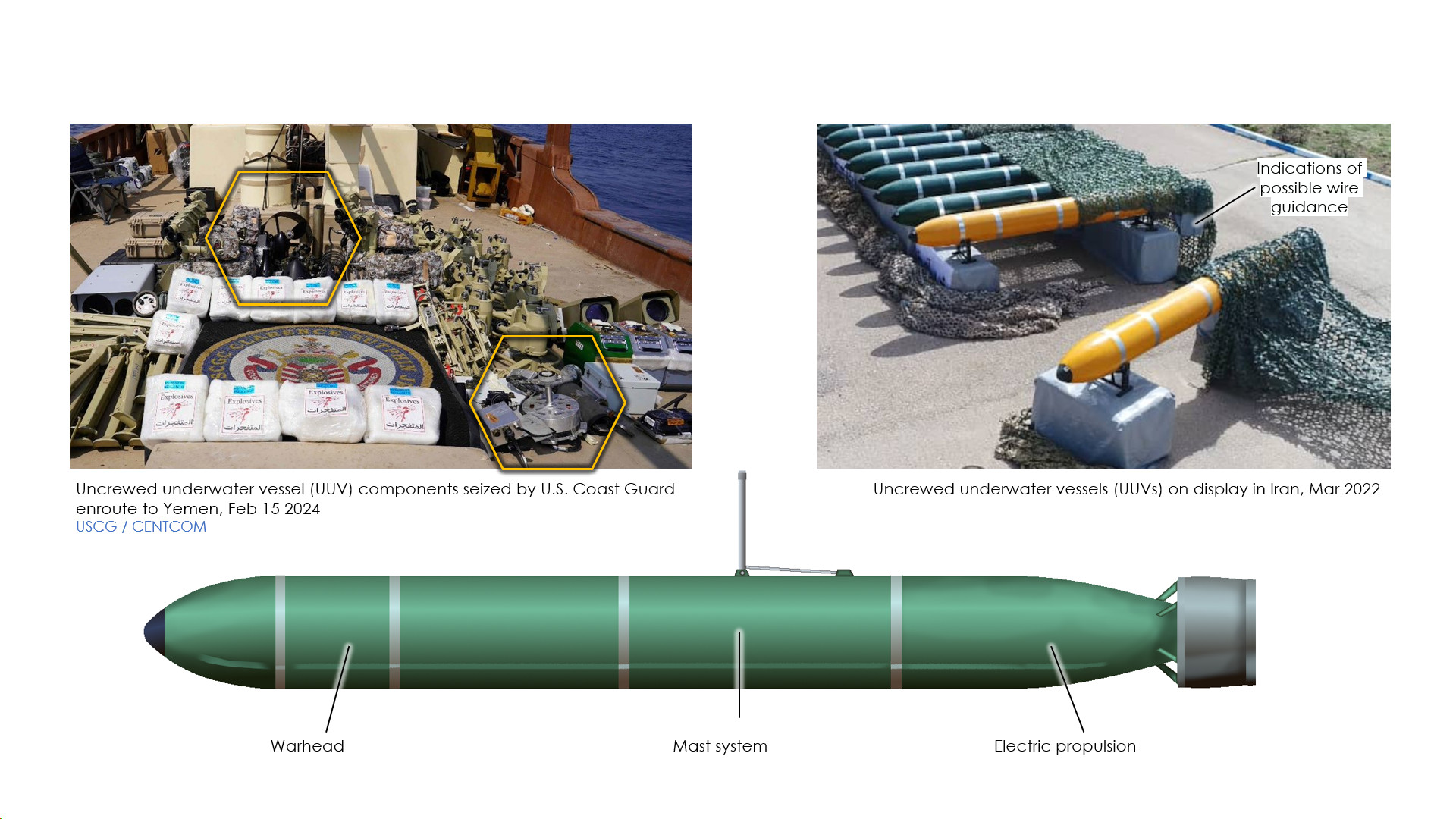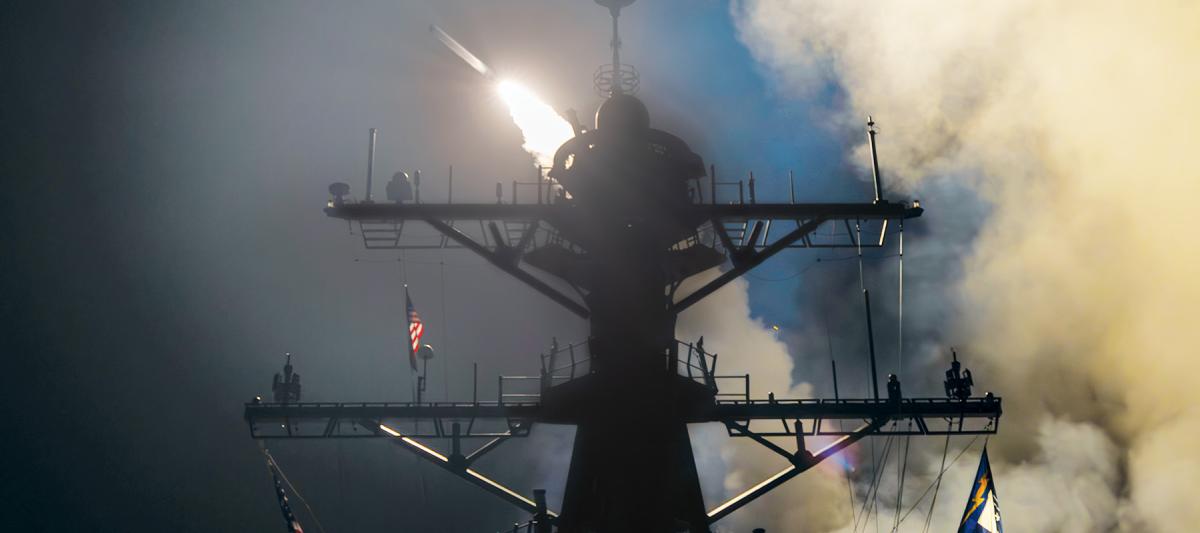Thomas Grove

Israel gave Hamas a Ramadan deadline to return the hostages held in Gaza or face a ground offensive in Rafah, the first timeline it has provided for looming operations in the city that have become a source of tension with the U.S.
“The world must know and Hamas leaders must know if our hostages are not home by Ramadan the fighting will continue and expand to Rafah,” Israeli war-cabinet member Benny Gantz said Sunday.
Ramadan, the Muslim holy month, is set to begin around March 10 and has in recent years been a flashpoint for violence in Israel and the Palestinian territories.
Israel has launched airstrikes on Rafah—a southern Gaza city where more than one million Palestinians are sheltering—in recent weeks and threatened to send in troops, as heavy fighting continues around Khan Younis, further north. Israel says the two cities are Hamas’s last strongholds in the strip and it thinks hostages are being held there. Last week, Israel rescued two hostages from a residential area of Rafah.
The Biden administration has warned Israeli Prime Minister Benjamin Netanyahu against conducting an operation without a credible plan to ensure the safety of civilians in Rafah, which had a prewar population of 300,000.
Netanyahu said over the weekend that he had spoken with President Biden and other world leaders. “I tell them clearly: Israel will fight until complete victory is achieved,” Netanyahu said. “And yes, that also includes operating in Rafah, of course after we allow civilians in the fighting areas to evacuate to safe areas.” Aid organizations and civilians living in Gaza have said that people have nowhere else to go, having been displaced by the war and followed Israeli instructions to move south to Rafah.





